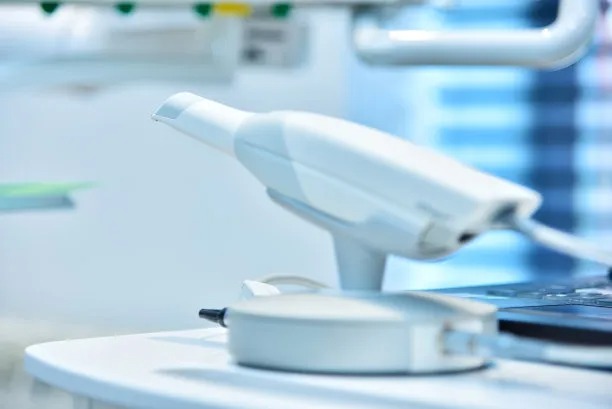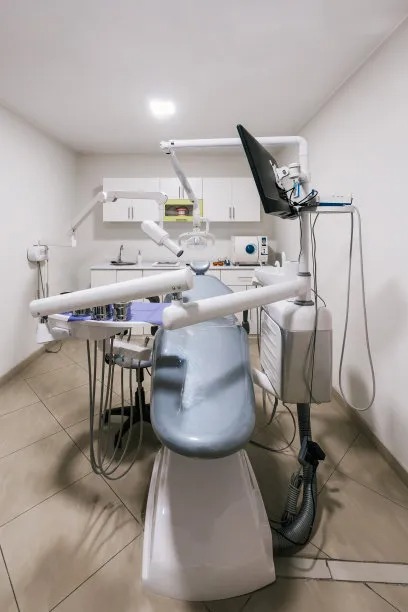Evaluating Global Dental Care Quality Which Countries Provide Superior Treatment for Oral Health Challenges
original:health91192025-04-16 11:40:34
Summary: This article delves into the evaluation of global dental care quality, highlighting which countries excel in providing effective treatment for various oral health challenges. It discusses key
Summary: This article delves into the evaluation of global dental care quality, highlighting which countries excel in providing effective treatment for various oral health challenges. It discusses key metrics that define dental care excellence, including accessibility, technology adoption, patient satisfaction, and educational standards. Each metric is assessed through examples from different countries, showcasing both strengths and areas for improvement in a global context. Ultimately, the piece aims to inform readers about the diverse landscape of dental care worldwide and encourage them to consider these factors when seeking dental treatment, whether domestically or internationally.
1. Accessibility of Dental Care Services

Access to dental care is a fundamental factor influencing oral health outcomes worldwide. Countries that prioritize public health initiatives and provide free or subsidized dental services tend to have better oral health metrics. Nations in Scandinavia, such as Sweden and Denmark, feature well-organized dental care systems that ensure services are widely accessible. They provide extensive preventive services that allow individuals to seek care before issues escalate.
Conversely, in nations with limited healthcare infrastructure or high costs associated with dental treatments, such as the United States, many individuals face barriers. High dental costs can deter people from seeking necessary treatments, leading to untreated oral health issues. Therefore, assessing the accessibility of dental care helps paint a clear picture of overall oral health challenges within a population.
Furthermore, tele-dentistry has emerged as a beneficial alternative in countries where mobile health solutions are available, making it easier for patients to receive consultations without visiting clinics physically. This innovation increases access, especially for individuals in rural areas, highlighting a critical adaptation in oral healthcare delivery.
2. Adoption of Dental Technology and Innovations
Technology plays a vital role in enhancing the quality of dental care. Countries leading in dental advancements—such as Germany, Japan, and the Netherlands—are known for integrating state-of-the-art technologies into their practices, including 3D imaging, robotics, and laser dentistry. These innovations help improve diagnostic accuracy and treatment effectiveness, providing patients with better outcomes.
In addition, incorporating new technologies can accelerate recovery times and reduce discomfort during procedures. For instance, the use of minimally invasive techniques is gaining traction, allowing for safer interventions with shorter downtime. Countries that invest in ongoing education and training for dental professionals are more likely to harness these innovations effectively.
However, the technology gap remains an issue in many regions. Countries with limited resources often lag in adopting advanced technologies. It signifies a pressing need for global health initiatives that focus on equitable distribution of dental technology, ensuring that all populations have access to high-quality care.
3. Patient Satisfaction and Treatment Outcomes
Patient satisfaction is a key indicator of dental care quality. High levels of satisfaction generally lead to better patient retention and greater adherence to treatment regimens. Countries like Switzerland and Canada consistently rank high in patient satisfaction due to efficient, patient-centered care approaches. Dentists in these nations often prioritize communication, actively involving patients in their treatment decisions.
Additionally, positive treatment outcomes are essential in evaluating the quality of dental services. Countries with stringent regulations on dental practice and quality assurance programs tend to exhibit better health metrics. Regular audits and feedback mechanisms can help ensure that service standards remain high and can be adjusted based on patient needs.
Nonetheless, differing cultural perceptions of dental care can influence satisfaction levels. In some cultures, there is a stigma associated with dental visits, leading to lower satisfaction and higher rates of untreated dental issues. Addressing these cultural barriers is crucial for improving patient perceptions and experiences, ultimately contributing to better oral health across diverse populations.
4. Dental Education and Training Standards
The caliber of dental education and training greatly influences the quality of care provided. Countries that invest in rigorous dental training programs—such as the United Kingdom, Australia, and Finland—tend to produce highly skilled practitioners equipped to handle complex oral health challenges. Continuous professional development is emphasized to keep dental professionals updated on the latest techniques and knowledge.
Conversely, in regions where dental education is less structured or under-resourced, the quality of care may suffer. Inequitable access to quality training can lead to a backlog of untreated cases, underscoring the importance of global initiatives to enhance educational standards in dental care.
Moreover, partnerships between dental schools and international organizations can foster collaborative learning. By sharing best practices and resources, countries can build stronger educational programs and improve the overall standard of dental care globally.

Summary:
Globally evaluating dental care reveals significant disparities in quality, dictated by access, technological adoption, patient satisfaction, and educational standards. Countries that excel in these areas showcase the potential for high-quality oral health services, while those lagging behind demonstrate critical gaps that need to be addressed for better population health outcomes.
In conclusion, understanding the global landscape of dental care allows patients and policymakers to make informed decisions that prioritize the right treatments and innovative solutions. By prioritizing accessibility, technology, patient-centric models, and education, we can aspire to an overall improvement in global oral health.
This article is published by HEALTH9119 Medical Health Network https://www.health9199.com arrangement